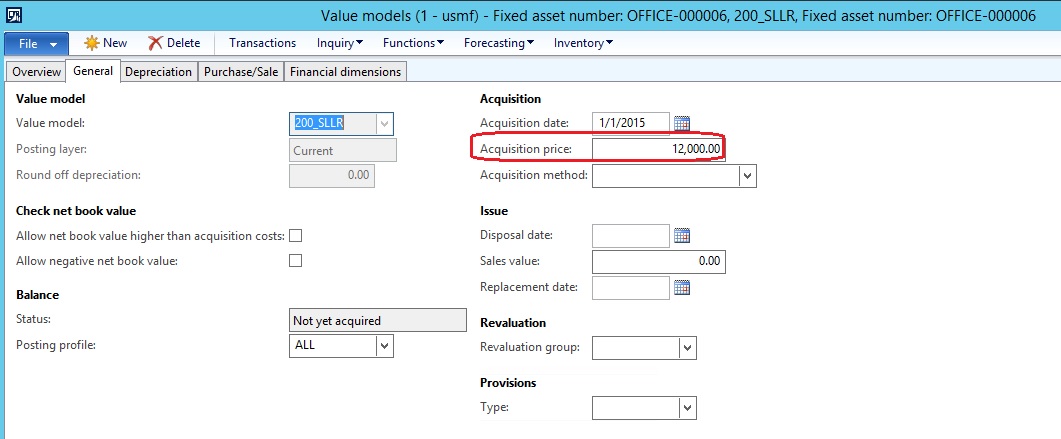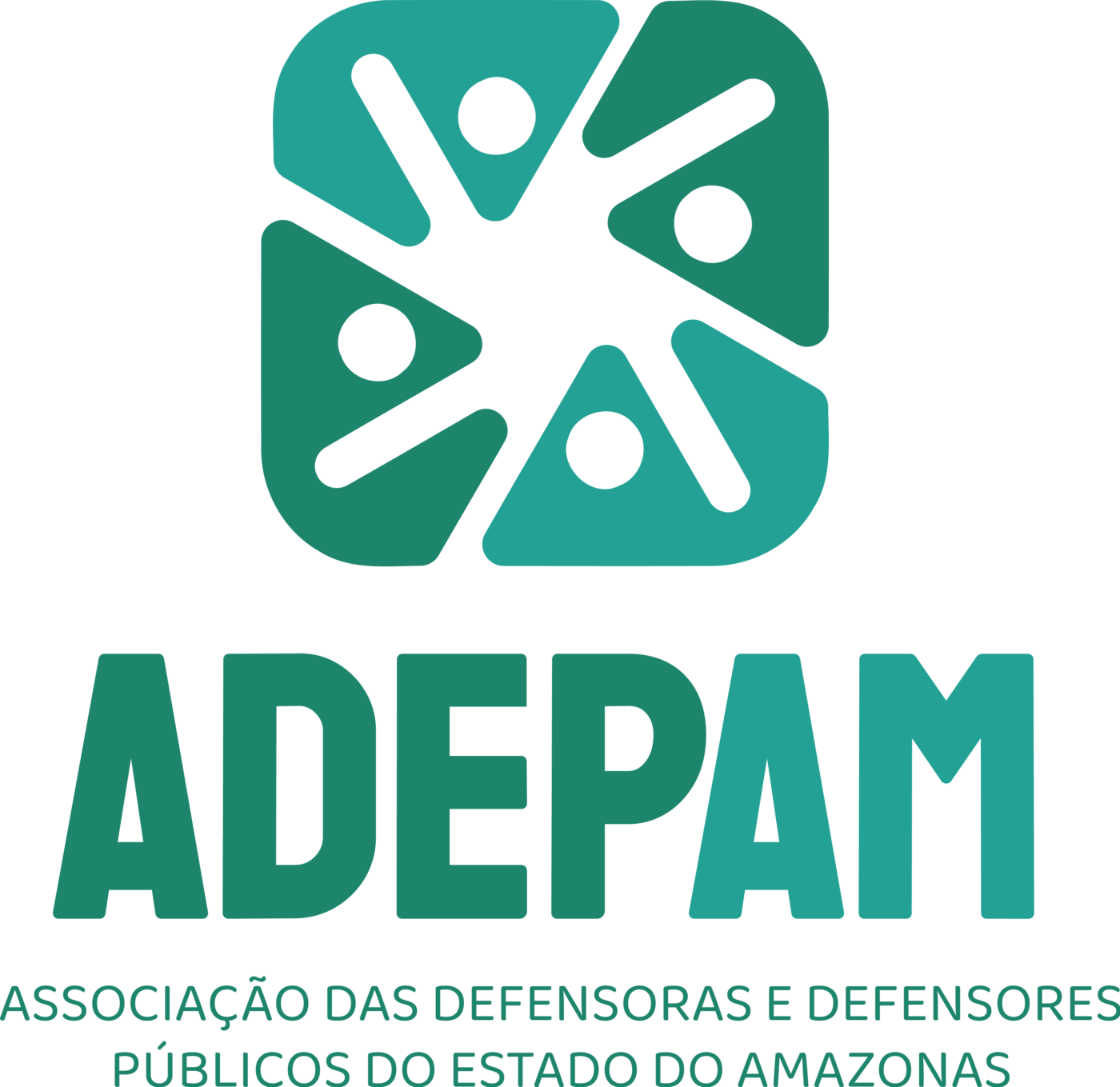Content

Each job’s cost is calculated using process costing. Where standardized items are created, process costing is applied. Job order costing helps in accurately pricing products and services by providing detailed information about the cost components of each job. Job order costing is not suitable for all types of businesses or products. However, it can be an effective way to assign manufacturing costs to products in certain situations. Direct labor costs are the wages paid to workers directly involved in producing a product or service.
What is an example of job costing?
Construction companies regularly rely on job costing to evaluate their projects. For instance, a construction project manager will evaluate materials costs (e.g., concrete, steel and heavy machinery needed to complete the job), labor costs (e.g., the daily rate of on-site workers) and overhead costs (e.g., rent for a temporary office on-site) to create an overall project estimate.
Job costing is a way to track costs for each product or service you provide. It’s also known as “product costing.” This type of accounting documents how much your company will need to budget to produce one unit of a particular product. Job Costing, as the name implies, allows companies to track the revenues and costs of each job.
1 Job Order v. Process Costing
This process encompasses all activities involved in producing goods or services for sale, including planning, organizing, scheduling, executing, controlling, monitoring, evaluating, and closing. In contrast with job costing, which measures costs based on individual jobs, process costing measures costs based on each unit of output produced. Process costing systems are used when products are manufactured in a continuous, repetitive process. In this system, it averages cost over all units produced, and no separate record is maintained for each job. The main advantage of this system is that it is simpler to administer than a job order costing system. Order and process costing are accounting systems that can track costs in a manufacturing setting.
Top 7 Best Construction Estimating Software – Software Advice
Top 7 Best Construction Estimating Software.
Posted: Fri, 27 Jan 2023 18:23:09 GMT [source]
Transfer cost is not considered in job costing when the job is shifted from one assignment to another. In the case of process costing, the cost of the previous processing stage is transferred to the next processing stage. Job costing is each job carried out during an assignment or project.
Setting Up The Right Costing System
Customers of Minute Maid all receive the same frozen orange juice product. In each period, process-costing systems divide the total costs of producing an identical or similar product or service by the total number of units produced to obtain a per-unit cost. This per-unit cost is the Average unit cost that applies to each of the identical or similar units produced in that period. Process Costing used by manufacturers who mass produce large quantities of identical units in a continuous flow. A processing department is an organizational unit where work is performed on a product and where materials, labor, or overhead costs are added to the product. For example, a Nalley’s potato chip factory might have three processing departments—one for preparing potatoes, one for cooking, and one for inspecting and packaging. A brick factory might have two processing departments—one for mixing and molding clay into brick form and one for firing the molded brick.
What are the similarities between process costing and job costing?
Both methods follow the same convention of charging direct material, direct labour and factory overhead to production accounts (common pool).
Difference between Job-Order and Process Costing There are three differences between job-order and process costing. First, process costing is used when a company produces a continuous flow of units that are impossible to differentiate from one another. Job-order costing is used when a company produces many different jobs that have unique production requirements. Accordingly, process costing accumulates costs by department and assigns these costs uniformly to all units that pass through the department during a period. Job cost sheets (which we used for job-order costing) are not used to accumulate costs. Third, process costing systems compute unit costs by department. This differs from job-order costing where unit costs are computed by job on the job cost sheet.
Process costing
Job costing is also used to cost multiple units of a distinct product, such as the costs incurred by Raytheon Corporation to manufacture multiple units of the Patriot missile for the U.S. Because the products and services are distinct, job costing systems accumulate costs separately for each product or service. It is a method of costing which is used when the work is undertaken as per the customer’s special requirement. When an inquiry is received from the customer, costs expected to be incurred on the job are estimated and on the basis of this estimate, a price is quoted to the customer. Actual cost of materials, labour and overheads are accumulated and on the completion of job, these actual costs are compared with the quoted price and thus the profit or loss on it is determined. The accounting emphasis is in keeping records for the individual departments, which is useful for large batches or runs. Process costing is the optimal system to use when the production process is continuous and when it is difficult to trace a particular input cost to an individual product.
- Often, process costing makes sense if the individual costs or values of each unit are not significant.
- Both systems have the same basic purposes-to assign material, labor, and overhead costs to products and to provide mechanism for computing unit product cost.
- With this, the output of an individual process becomes the input of the next one.
- This assists businesses in making sure costs are in line with planned expenditures and identifying potential problem areas.
- Although a percentage is allocated to these unfinished goods.
Process costing can be more user-friendly than other costing techniques and aid businesses in identifying possible cost-saving opportunities. Process Costing- Process costing does not always concentrate on the precise cost of each component of the process; instead, expenses build up by each process or processing department. The information that is kept can be utilized as empirical data to assess the company’s efficiency and find cost-saving opportunities by altering practices, processes, or staffing. Process Costing- In process pricing, the manufactured goods are frequently the same or quite comparable.
Management accountants must ascertain where these unfinished items are in the production process in order to assign costs appropriately. Effective task order costing enables businesses to provide quotations that are affordable enough to be appealing to customers while maintaining a profit margin. Indirect material and labor expenses include the cost of the security staff stationed at the production facility and the oil and coolants needed to Comparison of Job Costing with Process Costing keep the machines running. Contrarily, WIP will always be present in process costing at the beginning or conclusion of the accounting period, regardless of size. If your business falls into one or more of these categories, then process costing is likely your best accounting method. Direct materials costs are the costs of the materials that are used to create a product or service. This would include raw materials, components, and so on.
- On the other hand, if you produce large quantities of identical products using mass production methods, then process costing is probably a better fit.
- Equivalent units- Equivalent units are the unfinished goods that remain at the end of an accounting period.
- Job costing is a way of collecting and accumulating charges separately for every task, contract, project, or work order.
- Job cost sheet is the key document controlling the accumulation of costs by a job.
- However, if each fastener had to be requisitioned and each ounce of glue recorded, the product would take longer to make and the direct labor cost would be higher.
- The reasonable expenses can be divided across the two product categories.
- In addition, there are two basic types of cost accounting systems.
It entails keeping track of the costs of each item and component part in addition to handling salary, other supplies, and overhead. Process Costing- However, as items move between divisions, organizations may record work in progress while using process pricing. Job Order Costing- Businesses often don’t combine work-in-progress costing with task order costing. Since machine costs vary depending on the work, it’s crucial to identify these expenses in order to understand the project’s cost. Costs for the finished and finished work-in-progress inventory should be allocated to the respective accounts. You must update the actual cost by including any additional expenses that may have arisen in work relative to the estimate provided to the client. Analyzing the inventory – The first step is to conduct an inventory analysis to ascertain how many units are whole and how many are missing parts.
PRODUCT
Both job order costing and process costing systems are used to allocate expenses like material, labor, overheads (production and/or non-production) to the end products in a manufacturing process. Which cost accounting system is best for your business depends on the type of products you manufacture and the level of detail you need for cost information. One reason job order costing can’t be used for all products is that it would be too costly and time-consuming to track all the necessary information for each product. In addition, job order costing requires accurate information about the number of direct materials, direct labor, and manufacturing overhead used in the production of each product.
- Job Costing is performed where the products produced of a specialized nature, whereas Process Costing is used where standardized products are produced.
- The execution of the jobs is on the basis of client’s specification.
- Overall, when it is difficult or not economically feasible to track the costs of a product individually, process costing is typically the best cost system to use.
- The costing system used typically depends on whether the company can most efficiently and economically trace the costs to the job or to the production department or batch .
The second stage includes filling cleaned and sanitized bottles before placing a cap on each bottle. In the third stage, filled bottles are inspected, labeled, and packaged. A system of assigning costs used by companies that produce unique products or jobs. https://online-accounting.net/ The accounting of goods, components, and raw materials that a business either sells or utilizes in manufacturing is known as inventory. The total of all indirect expenses spent during the manufacture of a product is known as manufacturing overhead cost.
